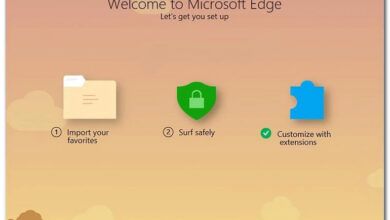Fix: ‘Microsoft Edge is not responding’ issue in Windows
If your Microsoft Edge continues to be unresponsive, it could be a result of using hardware acceleration or unwanted extensions. Hardware acceleration is a feature that allows you to shift priority tasks from the CPU to the GPU. This feature can be helpful if you have a decent graphics card. Otherwise, it can cause Microsoft Edge to stop responding.
The second leading cause of this issue is using many unwanted extensions when the browser is running. This can cause Microsoft Edge to consume high memory, CPU, and GPU resources, which can result in this issue.
1. Disable hardware acceleration.
The first solution involves disabling hardware acceleration, which often causes this issue. There is no doubt that hardware acceleration is an excellent innovation and is used by many applications nowadays.
However, it causes the application to either become stuck or unresponsive because it requires significant GPU power when shifting tasks from the CPU to the GPU. This issue can occur if you do not have a suitable graphics card. Therefore, in this method, we will attempt to disable hardware acceleration by following these steps:
- Open Microsoft Edge and go to Settings by clicking the three dots in the top right corner.

- Then, go to System and Performance from the left pane.
- Here disable the option Use hardware acceleration when available.
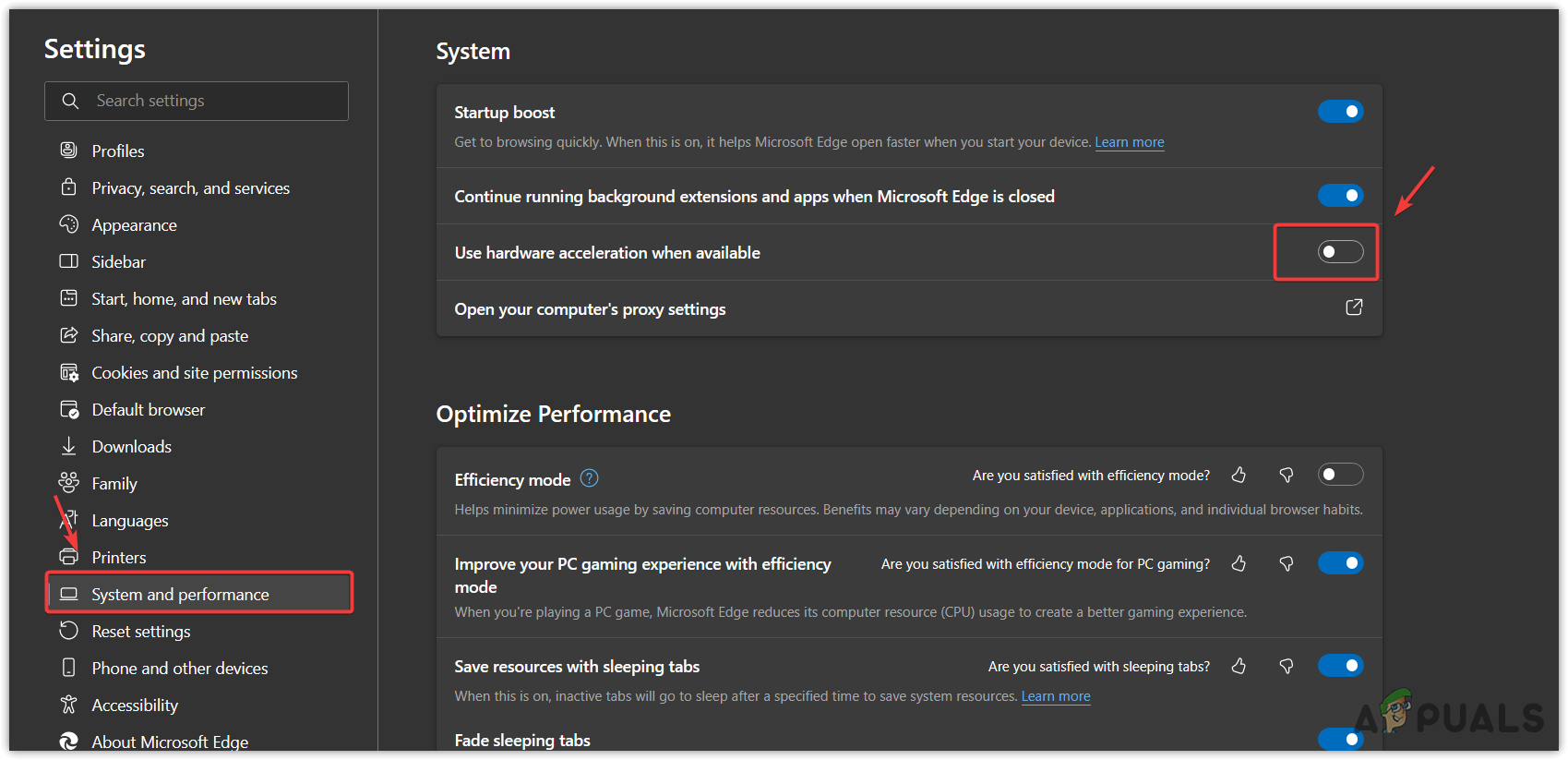
- Once done, click the “Restart” button for the changes to take effect.
- Then check if Microsoft Edge is still not responding. If so, then follow the other methods.
2. Repair Microsoft Edge.
You may have corrupted files in Microsoft Edge, which is preventing the browser from running correctly. In this case, you can try repairing Microsoft Edge, which will essentially download the browser, similar to downloading other browsers. To do so, follow these steps:
- Click the Start Menu and type Add or remove programs.
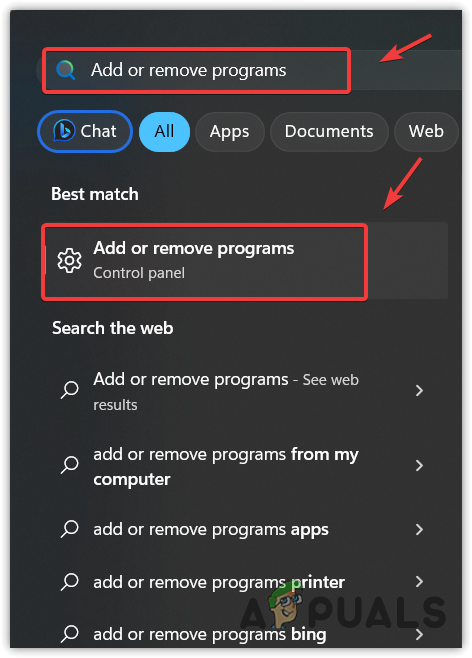
- Open the settings and find Microsoft Edge.
- Click the three dots, and then click Modify.

- Click “Yes” when UAC prompts, and then click “Repair.
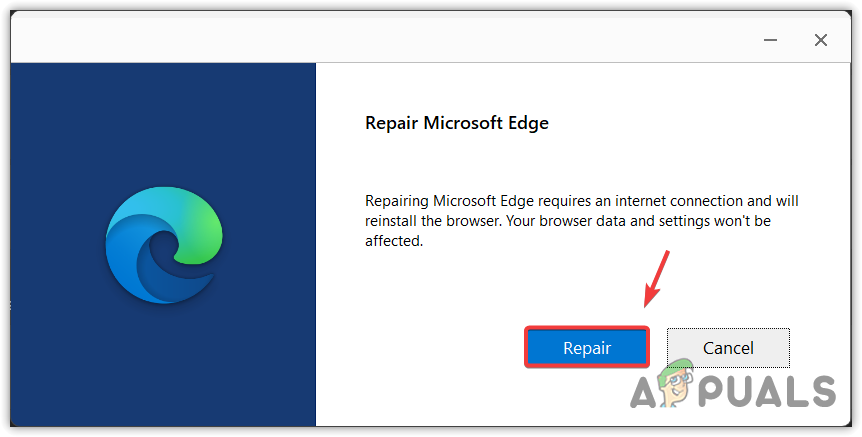
- Wait for the download to finish. Then, check if your issue is resolved.
3. Download Microsoft Edge from the MS Store.
You can also download Microsoft Edge from the MS Store if the issue persists. This will download and install Microsoft Edge from scratch, which will fix the corrupted files that are causing this issue. To do so, follow these instructions:
- Click the Start Menu and type “Microsoft Store” to open it.
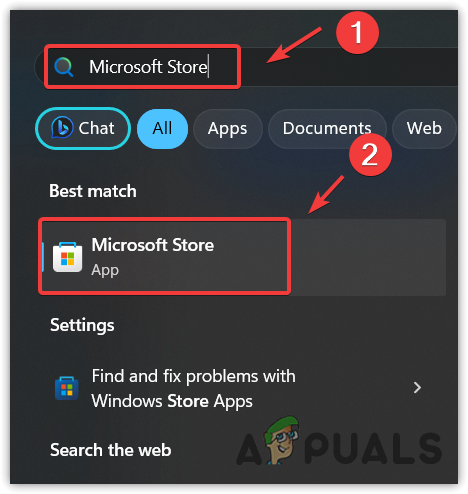
- Then search for Microsoft Edge and click Install.

- Once completed, launch it and check whether the problem is resolved or not.
4. Reset Microsoft Edge.
It is possible that Microsoft Edge is not responding due to corrupted temporary data, such as cache files. Resetting Microsoft Edge will clear the cache files and reset all settings to default. However, it will not remove saved passwords, history, favorites, or bookmarks. So, feel free to reset Microsoft Edge using the following steps to fix this issue.
- Open Microsoft Edge and go to Settings by clicking on the three dots.
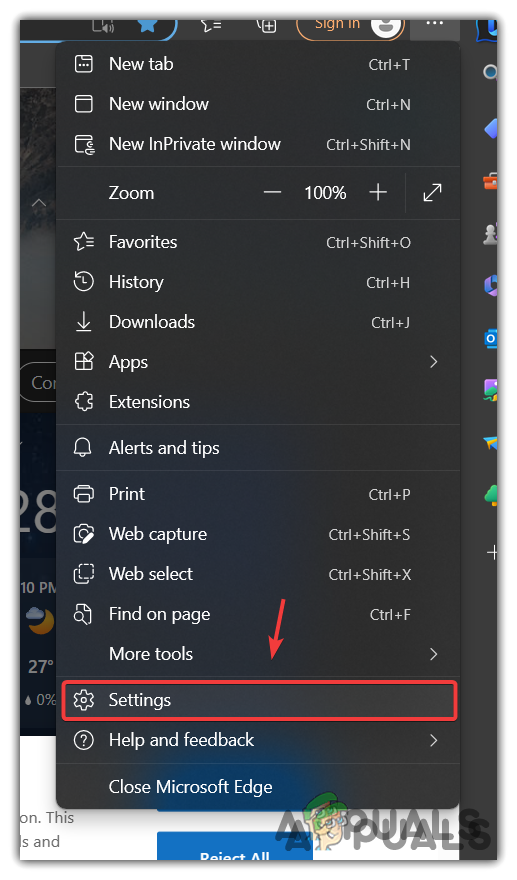
- Then, go to Reset Settings from the left pane.
- Click Restore Settings to their default values.
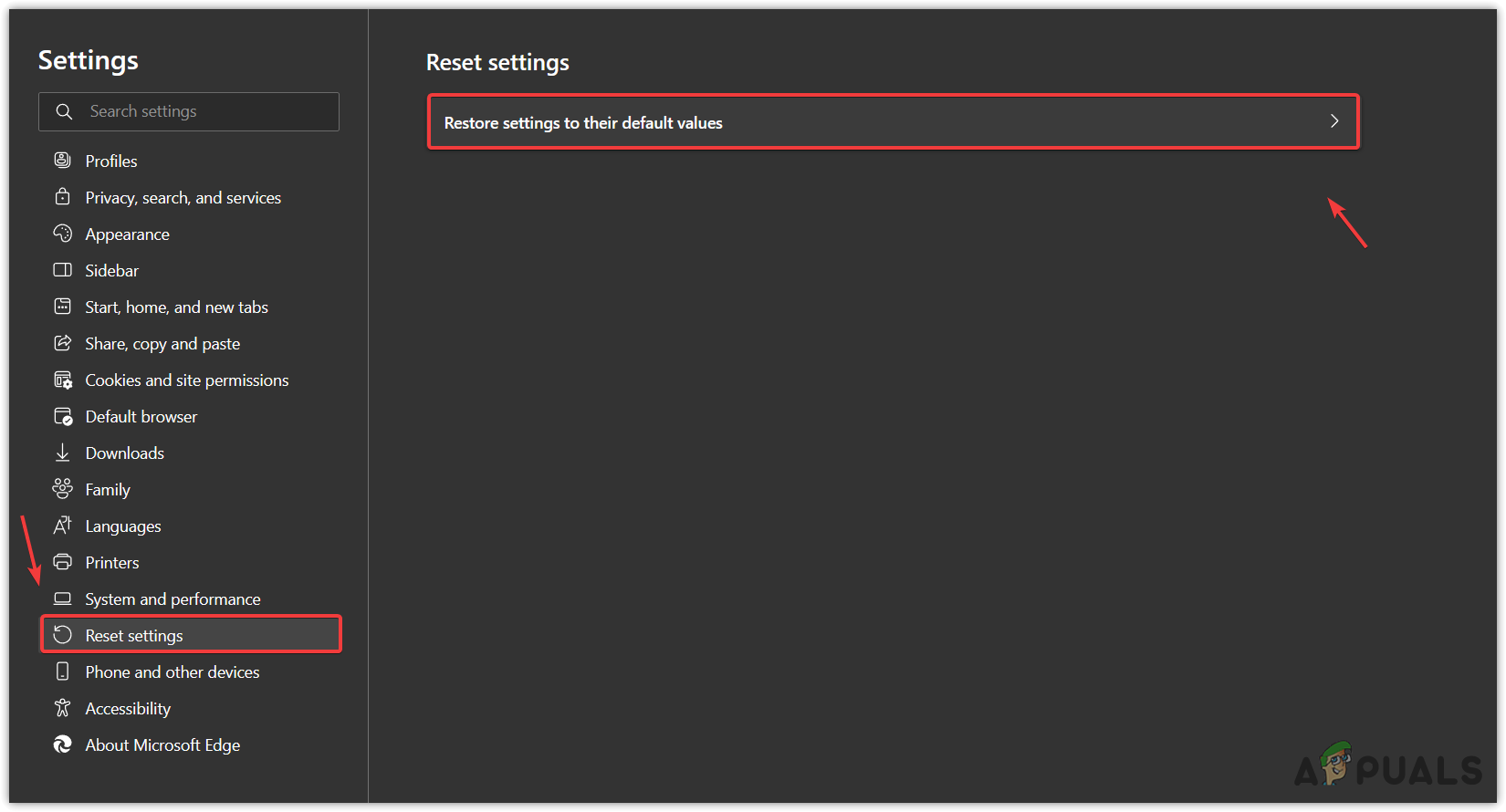
- Then, click Reset to reset your browser.
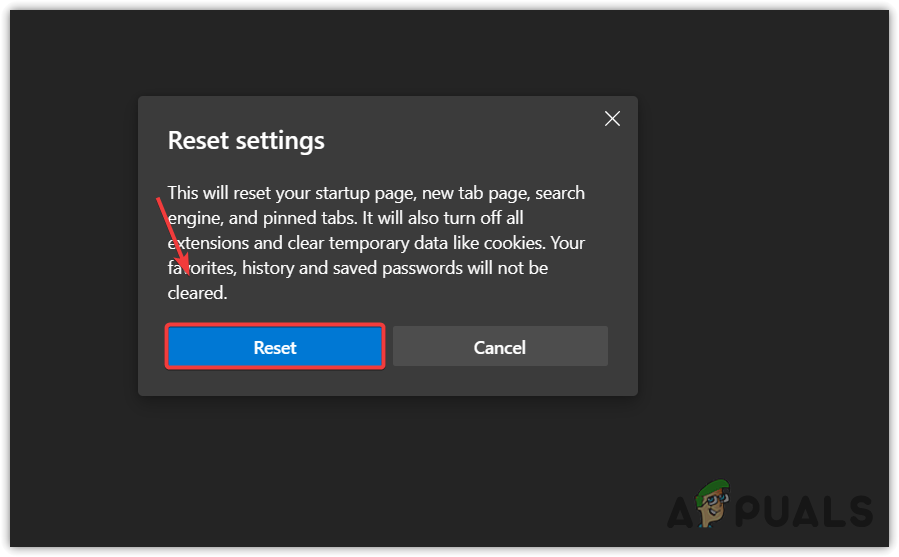
- Once finished, check for the issue.
5. Remove unwanted extensions.
If you have multiple unnecessary extensions running in the background, you should remove them because they consume considerable computer resources. This can cause Microsoft Edge to run out of memory and result in this issue. Follow these steps to remove the unwanted extensions:
- Go to Microsoft Edge and click on the three dots in the top right corner.
- Select Extensions from the listed options.

- Then, click on “Manage Extensions.” After that, click on “Remove.

- Repeat this step with all the extensions. Then, check if your issue has been fixed.
6. Uninstall the Windows Update.
According to reports from affected users, installing a Windows update causes the Microsoft Edge not responding issue. Therefore, try uninstalling the Windows update by using the following steps:
- Right-click the Start Menu and select Settings.

- Go to Windows Update from the left pane.
- Then go to Update History.
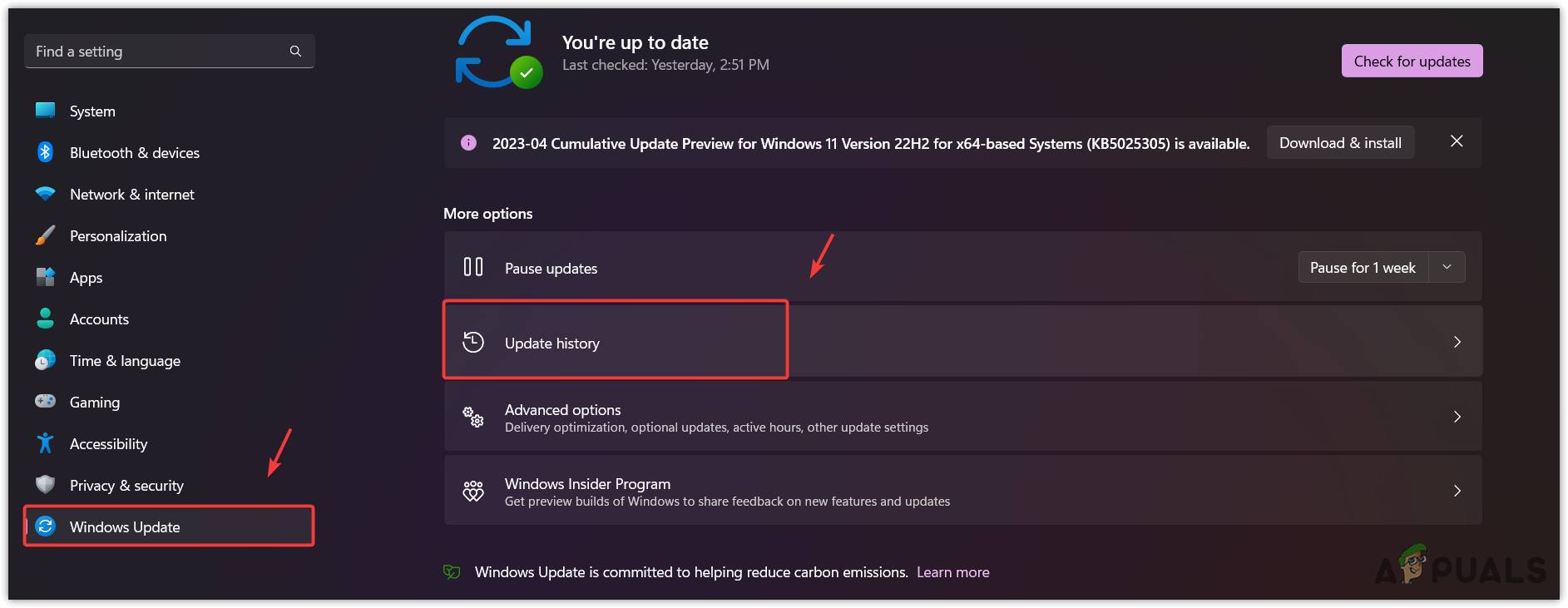
- Scroll down to the bottom and click Uninstall updates.

- Now, if you know the update name that you think is causing the issue, simply uninstall it. If you don’t know, just randomly uninstall the update.
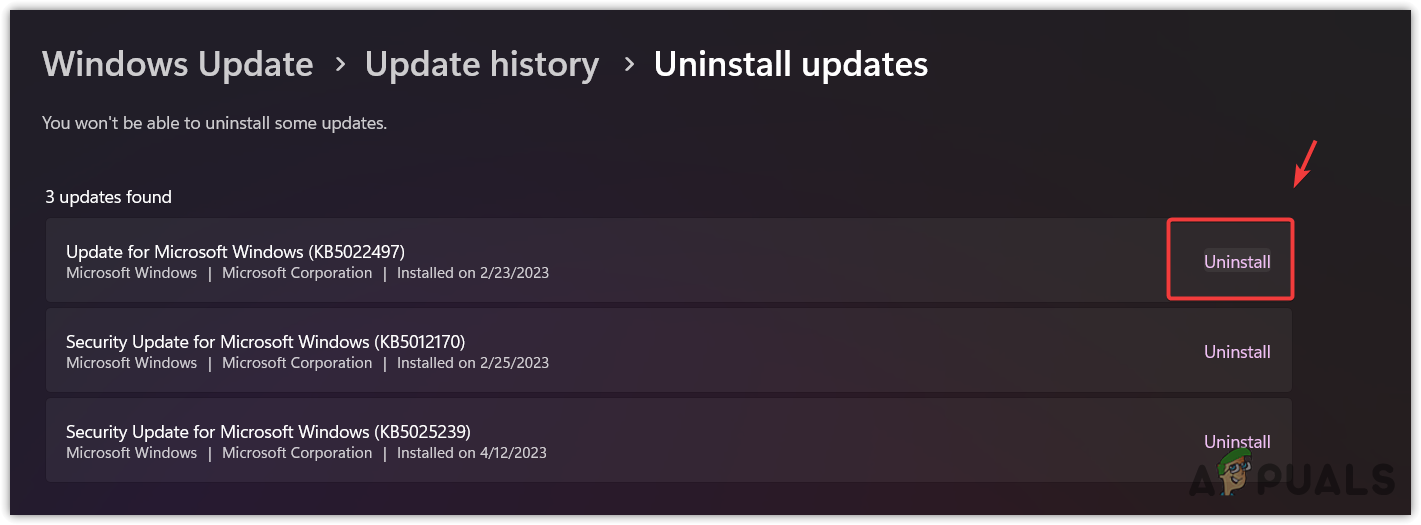
- Once done, launch Microsoft Edge and check whether your issue is resolved or not.
7. Create a new user account.
If the issue still persists, you can create a new user account, which will recreate all the files, including built-in Windows application files, which should fix this issue. To do so, follow these steps:
If the issue is resolved after creating a new user account, transfer all the data from the previous account to your new account by following the steps included in the article.
- Open Settings by pressing Win + I keys together.
- Now go to Accounts from the left sidebar.
- Then navigate to Other users.
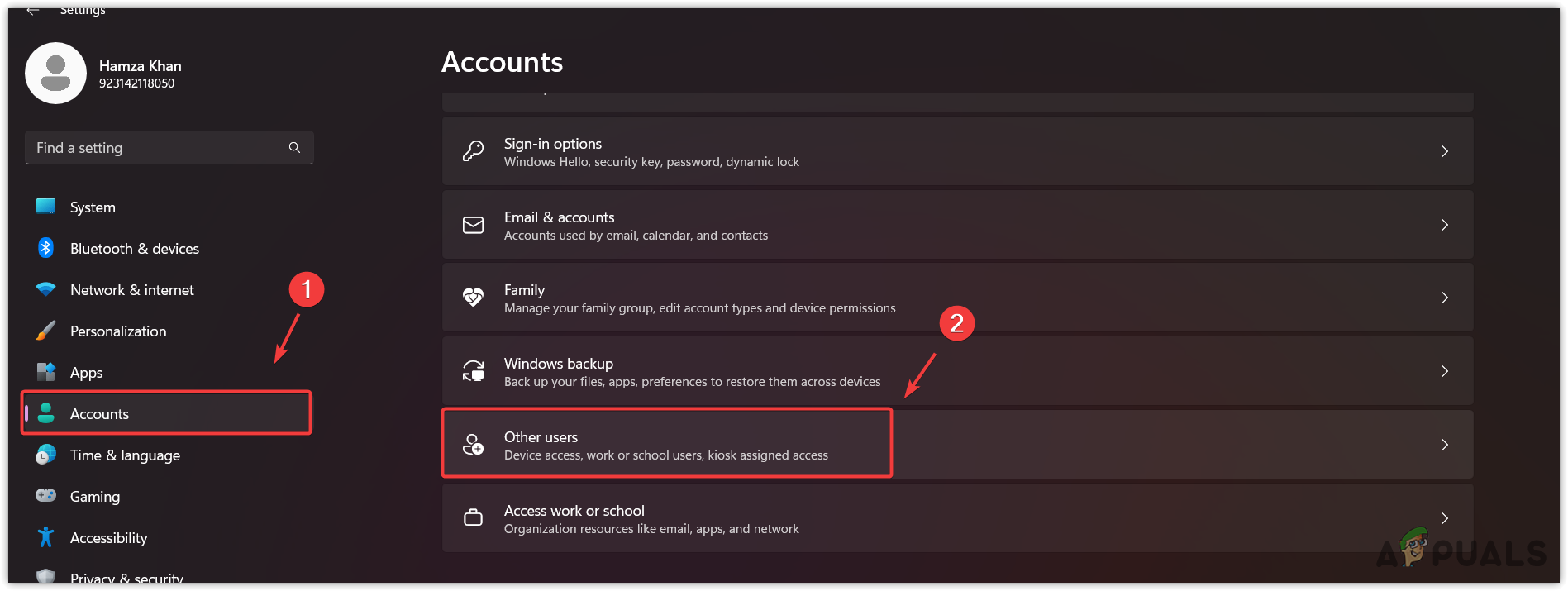
- Click ‘Add account,’ and then click ‘I don’t have this person’s sign-in information.’
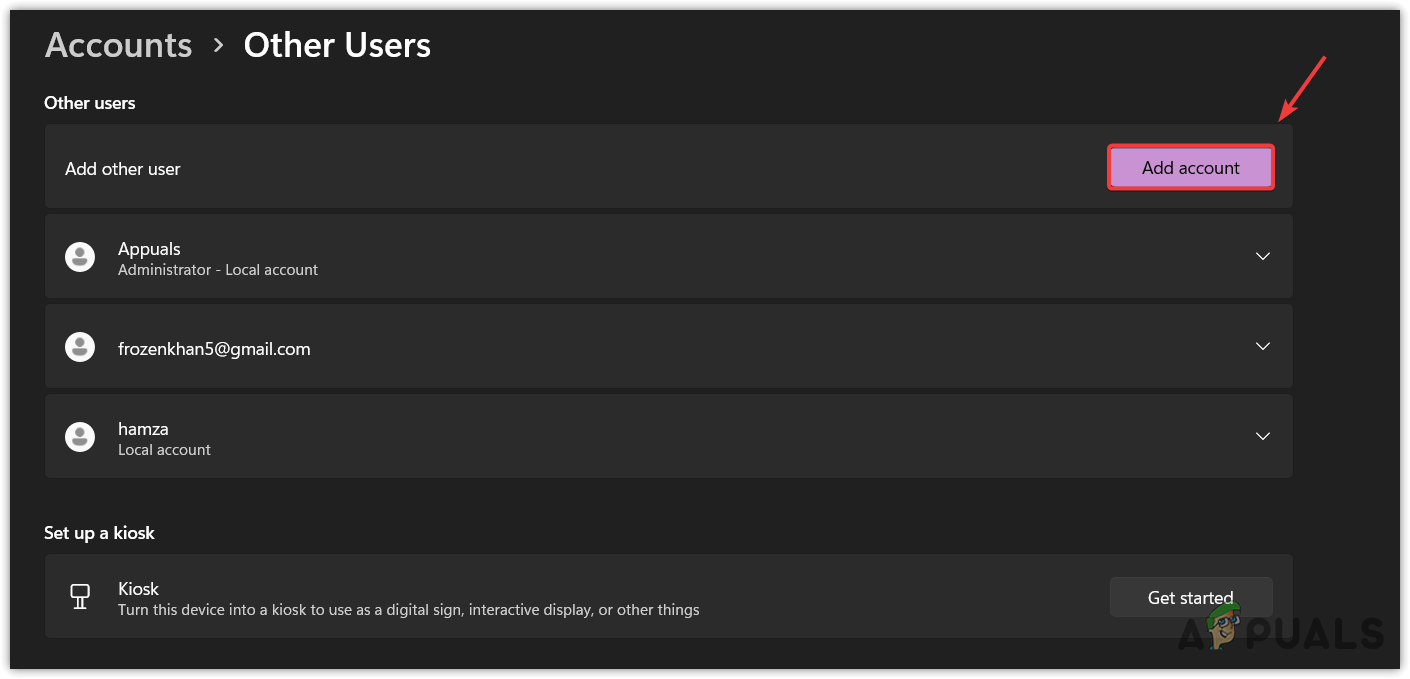
- Now, click “Add a user without a Microsoft account.
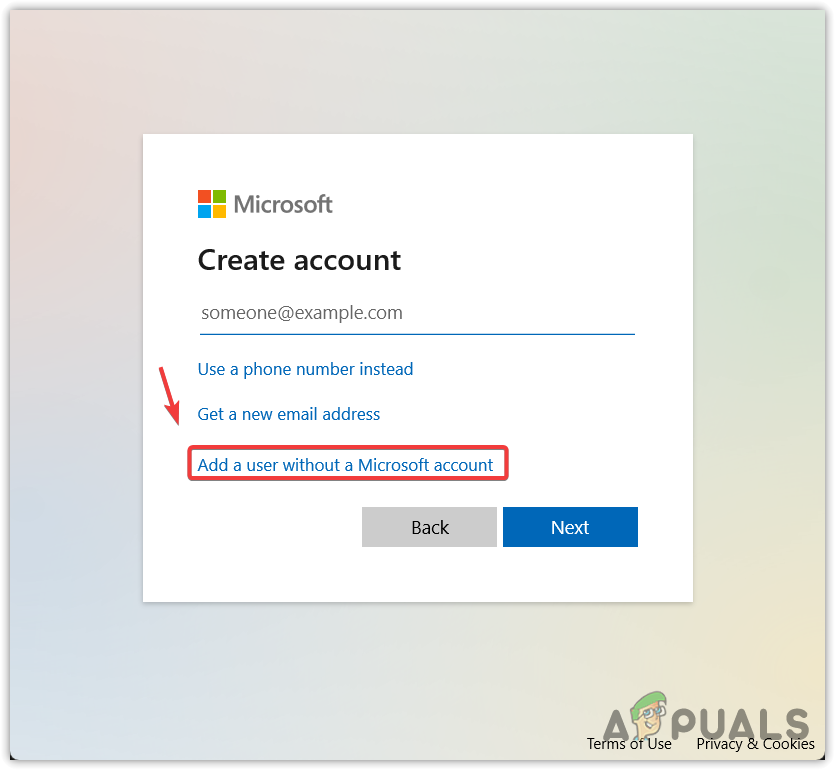
- Please provide your full name, then click ‘Next‘ to create an account.
 Password is optional you can leave it blank if you want.
Password is optional you can leave it blank if you want. - Once completed, select the local account and click “Change Account Type.
- Click on ‘Standard User‘ and select ‘Administrator.’

- Once done, click “OK,” then press Ctrl + Alt + Delete and click “Switch User.” Afterward, select the account you have created and sign in.
- Once complete, launch Microsoft Edge and check whether the issue persists or not.
8. Switch to a different browser.
It is not necessary to use Microsoft Edge. Instead, you can use Chrome and Firefox. Both are among the best browsers and somewhat similar to Microsoft Edge. You can visit our article on the Best Browsers in 2023 to find the best one for you.
-Microsoft Edge Not Responding FAQs
Right-click the taskbar and select Task Manager to open it. Then, select Microsoft Edge and click End Task to close it.
There are various reasons for your Microsoft Edge to go on not responding. One of the main is using Hardware acceleration. Hardware acceleration offloads the tasks from the CPU to GPU, which helps the application to run properly. But in some cases, it causes the application to get stuck or go on not responding, especially if you have a low-end GPU.
To fix this issue, try disabling Hardware acceleration by navigating to the settings. However, if the issue persists, then it could be a result of having corrupted Microsoft Edge files, which you can fix by repairing Microsoft Edge from the settings.




